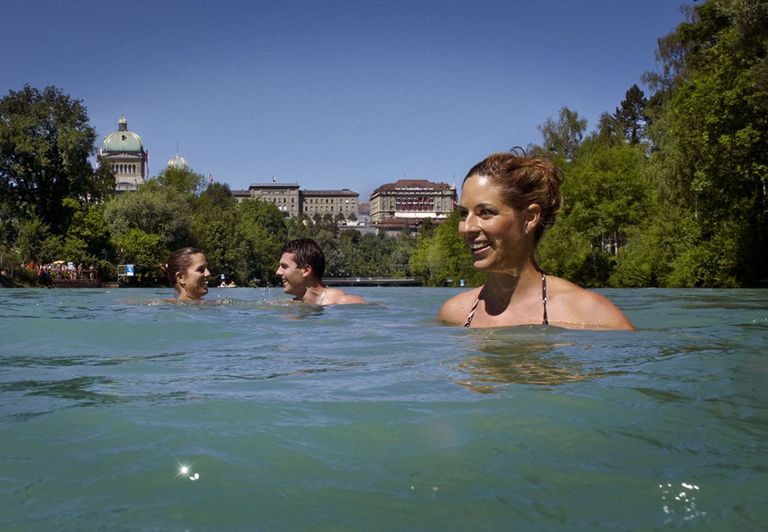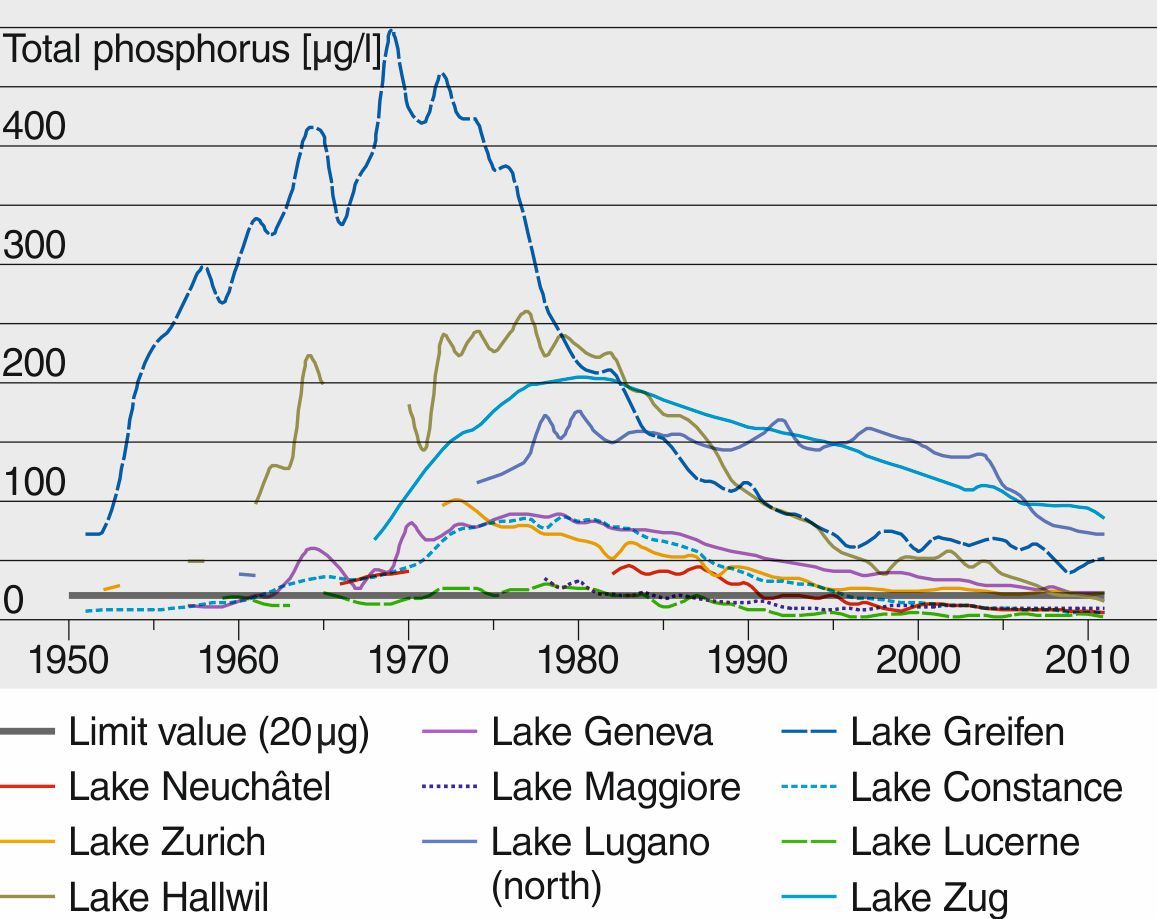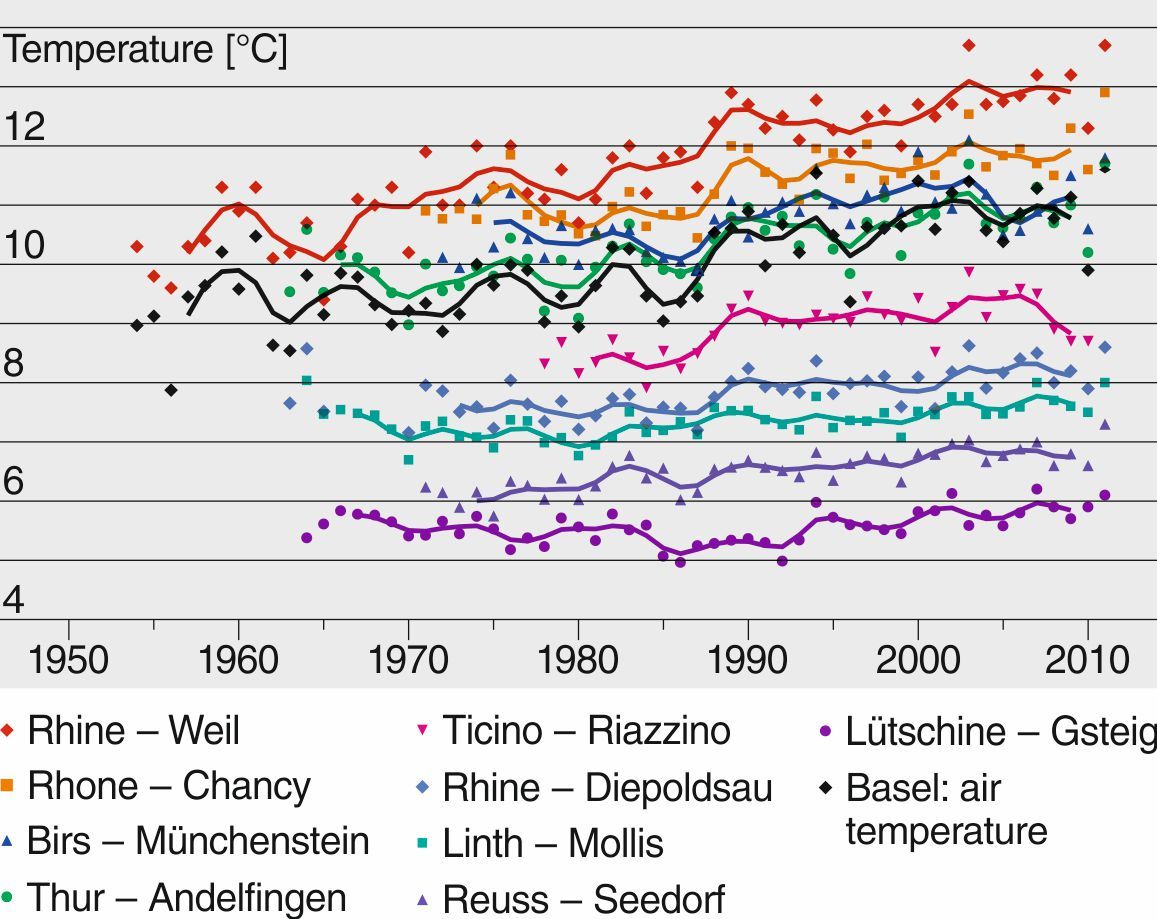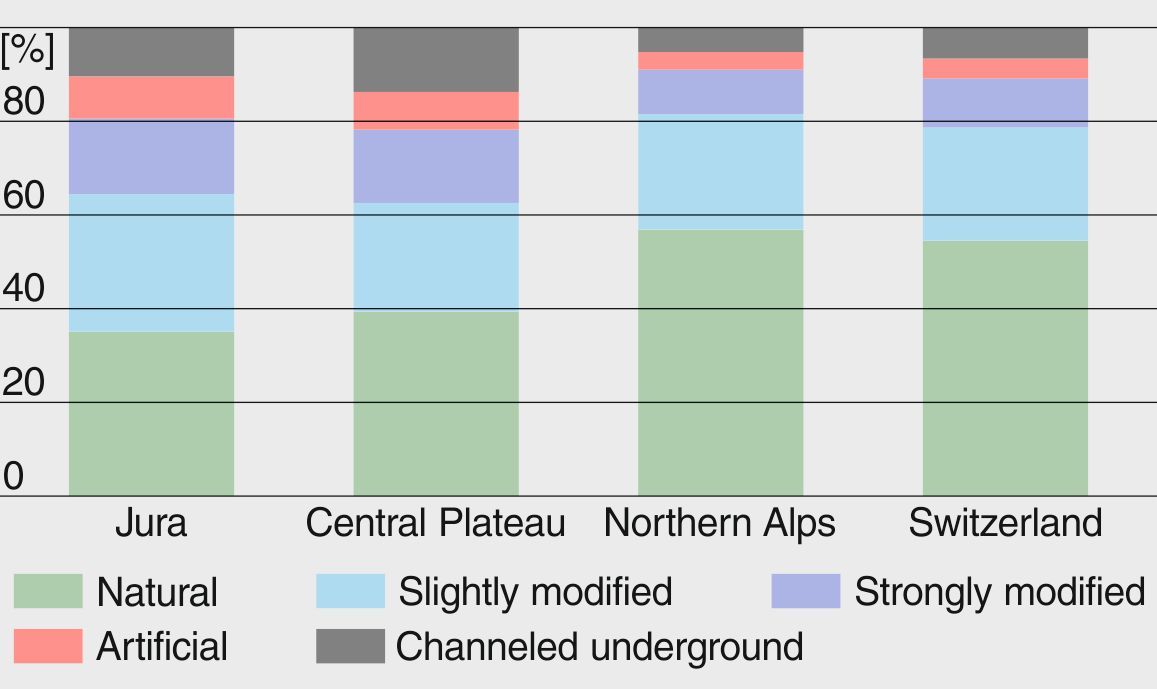Events, News, Publications
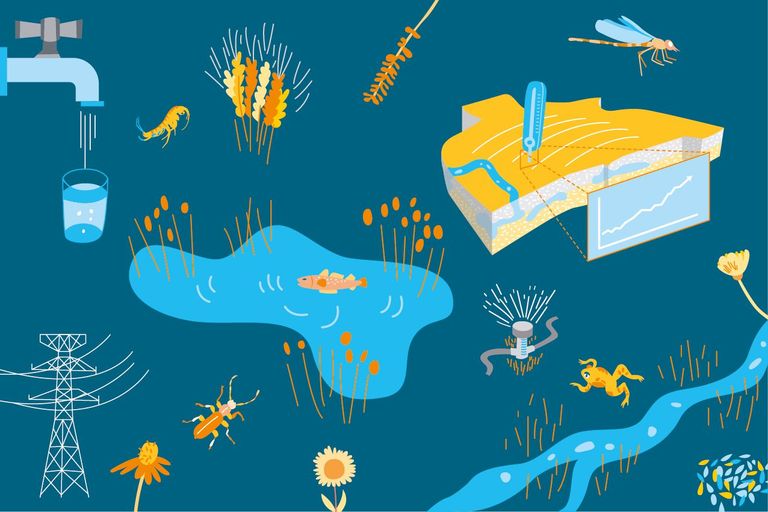
Grundwassernutzung im Wandel – Tagungsdokumentation
Rund 120 Teilnehmende diskutierten am 26. Oktober 2023 in der ausverkauften Empa-Akademie mit 13 Referierenden zum Thema «Grundwassernutzung im Wandel». Die vier Themenblöcke Nahrungsmittelproduktion, Biodiversität, Infrastruktur und Energienutzung sowie Trinkwasserproduktion boten einen vertieften Einblick in die Wasserreserven im Untergrund.
Image: Studio K.O. / SCNATHydrological Yearbook of Switzerland 2022 (Summary)
Summary of the publication “Hydrologisches Jahrbuch der Schweiz 2022”.
Image: BAFU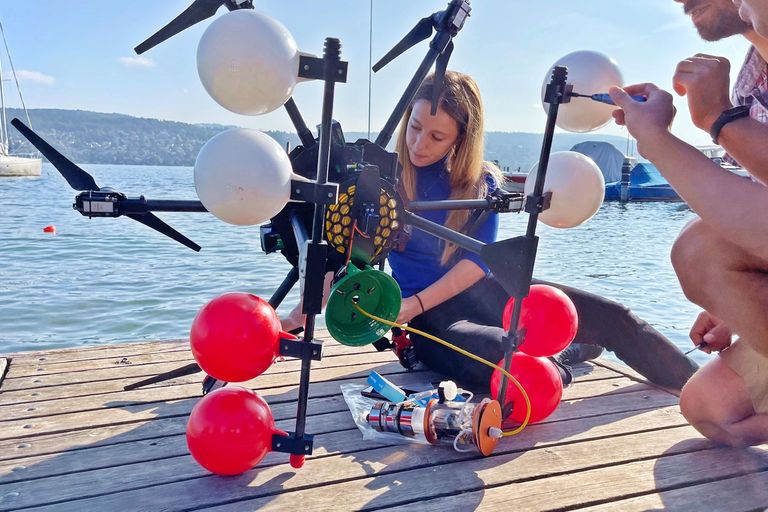
A drone that can both fly and dive
A new dual drone can both fly and land on water to take aquatic samples and monitor water quality, for example. The drone was developed by researchers at Imperial College London and Empa and recently tested together with researchers at the aquatic research institute Eawag for the first time on Lake Zurich.
Image: Empa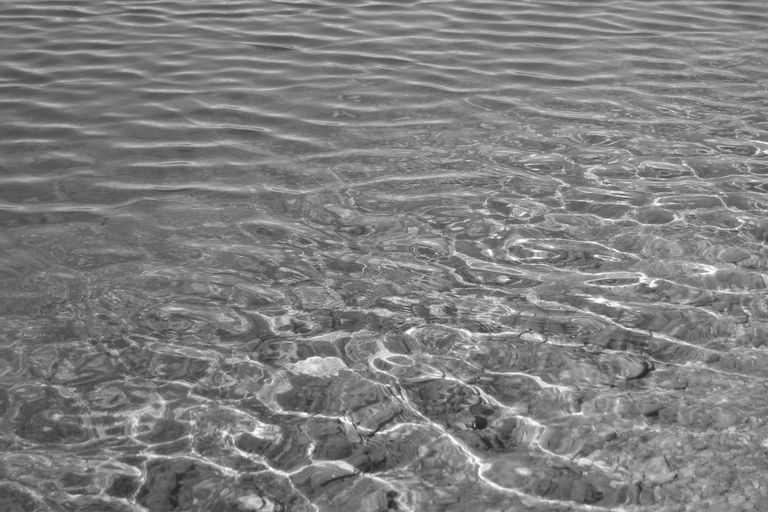
BAFU: Wissenschaftliche/r Mitarbeiter/in Wasserqualität
Das Bundesamt für Umwelt (BAFU) sucht eine/n Wissenschaftliche/r Mitarbeiter/in Wasserqualität (80%)
Image: Edith Oosenbrug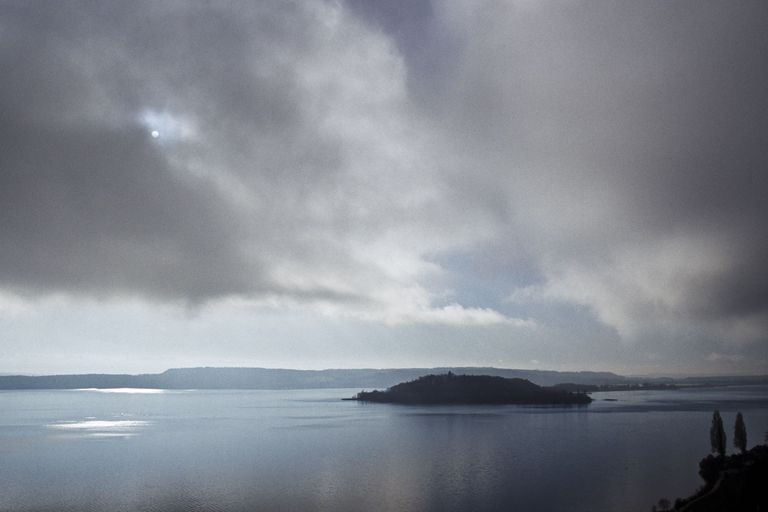
How does the FOEN measure rivers, lakes and groundwater?
Floods, water temperature and water quality: How does the FOEN measure #rivers, lakes and groundwater? A video on Switzerland’s hydrological data.
Image: M. Bolliger

